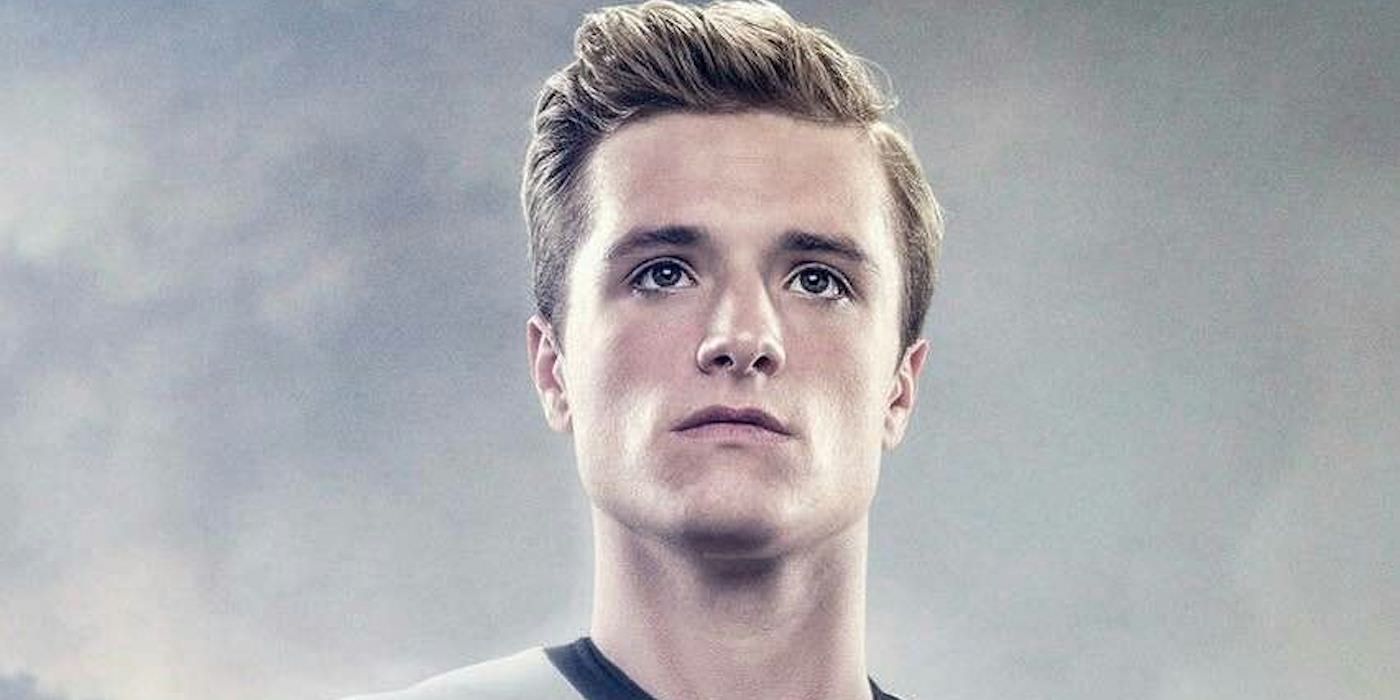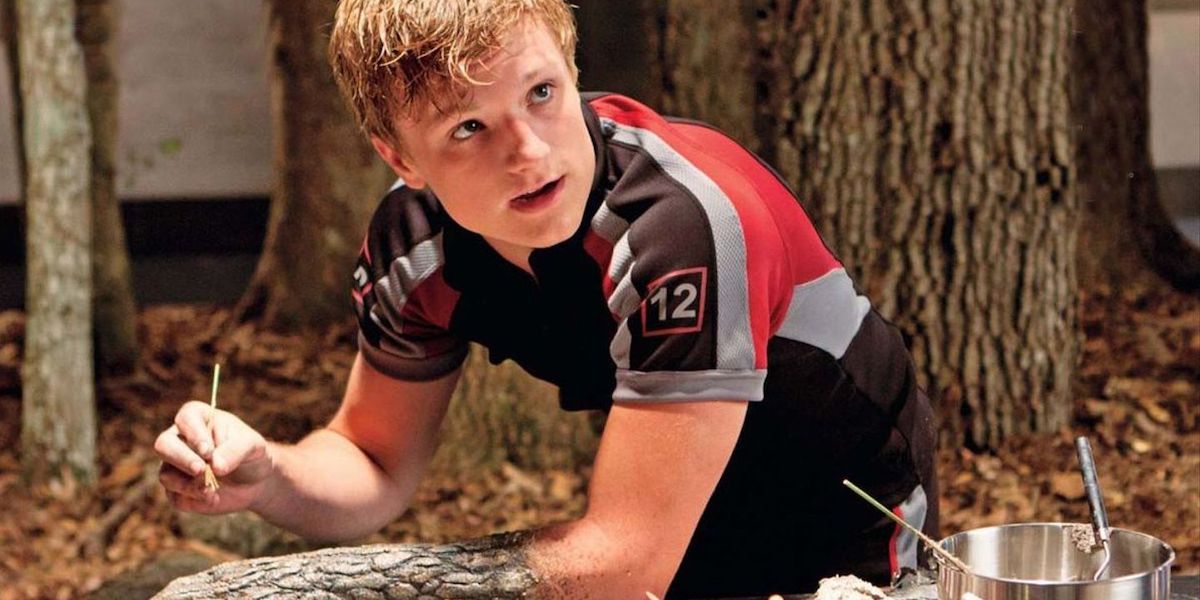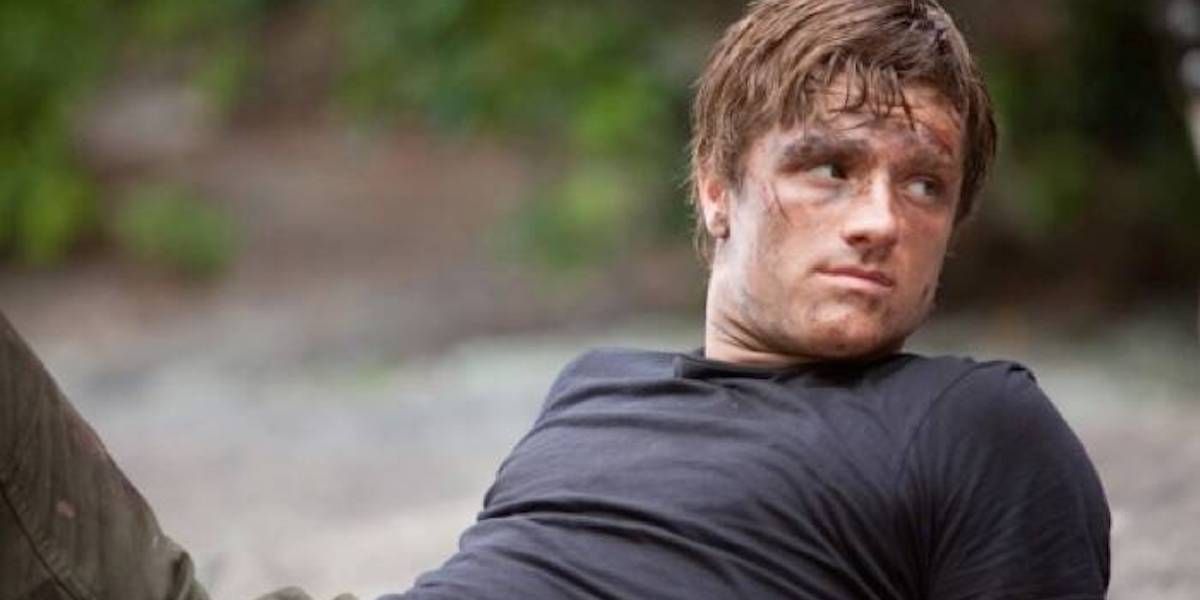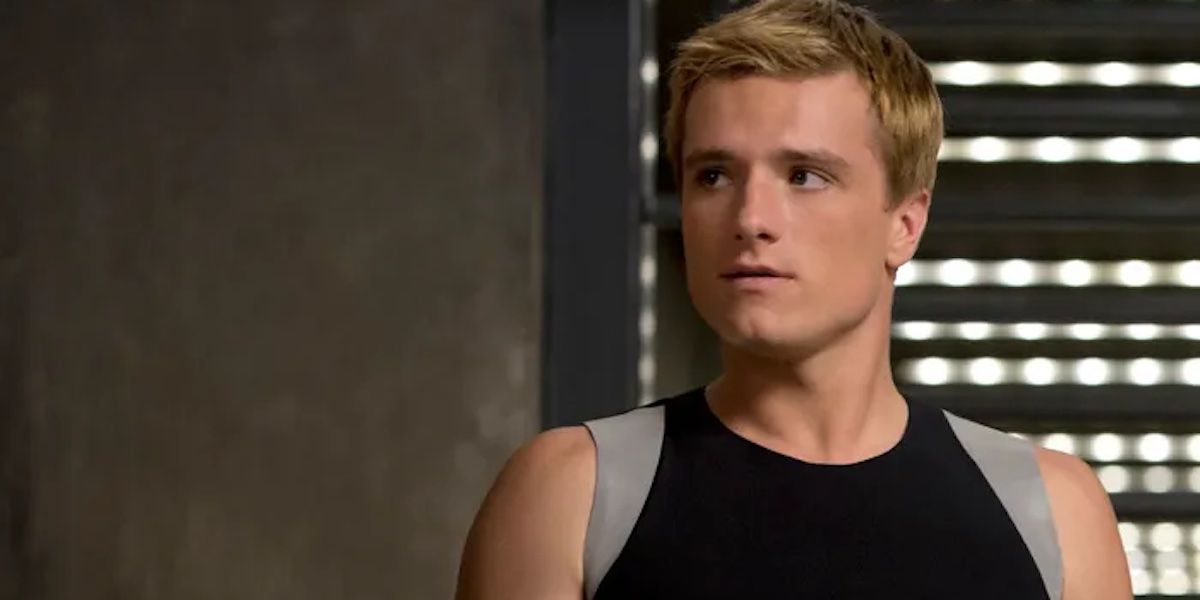The Hunger Games film series remains one of the most successful Young Adult adaptations amid a genre known for its uncertainty. A largely faithful adaptation of Suzanne Collins’ trilogy, the film series successfully translates many of the author’s concerns on consumerism, warfare, exploitation, and media circuses. However, the series’ marketing often contravened its own criticism of the media, with the decision to play up the love triangle detrimentally affecting the content, characters, and reception of the series. Notably, the love triangle was never even Collins’ idea, as she was pressured to make Gale a love interest as a way of capitalizing on the trend. Collins, though, managed to subvert the usual trope seen in YA literature by instead placing Peeta and Gale as thematic opposites that the series’ protagonist, Katniss Everdeen, (Jennifer Lawrence) must carefully come to terms with. While, Katniss was largely adapted faithfully and became one of the most notable heroines of all time, her co-lead, Peeta Mellark (Josh Hutcherson) reminds a glaring mishap in an otherwise successful trilogy.
Peeta Mellark’s characterization and developing a relationship with Katniss in the films were either distorted or omitted altogether, with Gale Hawthorne (Liam Hemsworth) receiving a more favorable adaptation. However, as Katniss’ relationship and concern for Peeta remains key to her goals throughout the series, her own characterization is damaged as the audience never understands her unyielding desire to protect him. In the films, their relationship often feels forced and is missing the underlying symbolism present in the books. Collins’ version of Peeta isn't just Katniss’ co-lead and romantic interest, he is her diametric opposite. While Katniss is a fiery, action-driven hero, with a penchant for destruction, Peeta is a skilled and manipulative actor who above all personified peace and progressive change. For Katniss, Peeta represented hope and a desire to be better despite the cruelty of her world.
From the very first film, Peeta and Katniss’ relationship was needlessly altered from the books, as early on the audience learns that the two have met before. In the first film, this scene isn't given much context as Peeta merely throws Katniss burnt pieces of bread while she is sitting hopelessly in the rain. The film even suggests that Peeta didn’t do enough by not personally giving Katniss the food and that she possibly resents him for it. In the books, this scene was actually one of the most important of the series and informs much of Katniss’ later relationship with Peeta. The two are actually supposed to be eleven years old, with Katniss having recently lost her father while her mother’s depression leaves her unable to provide for her family. At this point, Katniss’ family is on the break of starvation, as she isn't able to hunt or work, with little hope remaining that they’ll make it through the next few days. Peeta specifically burns the bread, as in the film, and throws it toward Katniss despite the expected beating he receives from his mother. The following day, the two see each other at school as Katniss spots a dandelion that becomes symbolic of the kindness and hope Peeta provided for her. By changing the ages of the two, and removing the wider context, Katniss’ desperation isn’t properly conveyed nor is the overall meaning of the action, as it essentially gave Katniss the courage to continue hunting and provide for her family. As such, the audience never understands why Katniss would go to such lengths to protect someone who seemed to hardly even help her in the first place.
The first film continually omits some of Peeta’s most important actions, though it does decide to spare screentime for Gale to look wistfully out at Katniss. After his first meeting with the drunken Haymitch Abernathy (Woody Harrelson), Peeta helps bathe him after he passes out in his own vomit. Katniss initially mistakes this as a calculated move to get closer to their mentor but comes to realize that this is just another instance of Peeta being generous. His kindness continues when he decides to mercy-kill the District 8 female tribute after the Career Pack leaves her to die a drawn-out death. The entire time he spends with the Career Pack, he manipulates them to stay off Katniss’ path by leading them on with false information. In the films, Peeta’s actions with the Career Pack are left ambiguous, as it is never confirmed whether he joined them as a way of protecting Katniss or simply as a way of staying alive. Peeta’s defining attribute, his kindness, and the reason why Katniss cares so much for him is thereby never truly shown, cheapening both their characterizations.
The Hunger Games: Catching Fire continues the first film’s course, completely omitting the majority of Peeta’s key scenes after the Victory Tour and before the Quarter Quell. While the film certainly doesn’t have enough time to adapt the entire book, its decision to dramatize and extend Gale’s confrontation with the new Head Peacekeeper elevates the character, as a way of legitimizing him as a romantic contender. The scene in the books is relatively shorter as Gale doesn't try to start an uprising, and is instead whipped because he is caught illegally hunting. As such, the film doesn’t have time for the slower, character-focused scenes between Katniss and Peeta. While the two grow closer throughout Catching Fire, it is heavily implied that Katniss developed feelings for Peeta while the two worked on a botanical encyclopedia, lampshaded as the only normal thing they’ve done together. By the time the Quarter Quell is announced, Katniss is willing to give her life up so Peeta can return safely as payment for the sheer amount of times he had saved and comforted her since childhood. Without the build-up of their relationship in the film, Katniss’ desire to see Peeta come out alive rings hollow. If anything, Katniss’ decision seems more like an attempt at being a suicidal martyr than a reflection of her genuine feelings.
By the time the film series reached the unnecessarily split Mockingjay, Katniss’ almost pathological concern for Peeta distracts the audience from the much more interesting war between the Capitol and the Districts. Without including Peeta’s key moments, he and his relationship with Katniss fall entirely flat. Peeta’s inclusion seems to be only for the sake of a love triangle never even originally planned for the books. By stripping the two of their parallel characterizations, the audience never understands how the two essentially balance each other's flaws and weaknesses. Katniss ends the book series with a reflection on this contrastl, “That what I need to survive is not Gale's fire, kindled with rage and hatred. I have plenty of fire myself. What I need is the dandelion in the spring. The bright yellow that means rebirth instead of destruction. The promise that life can go on, no matter how bad our losses. That it can be good again. And only Peeta can give me that.” The films were never able to showcase this, that what Peeta Mellark ultimately represents is the promise for a better future.




